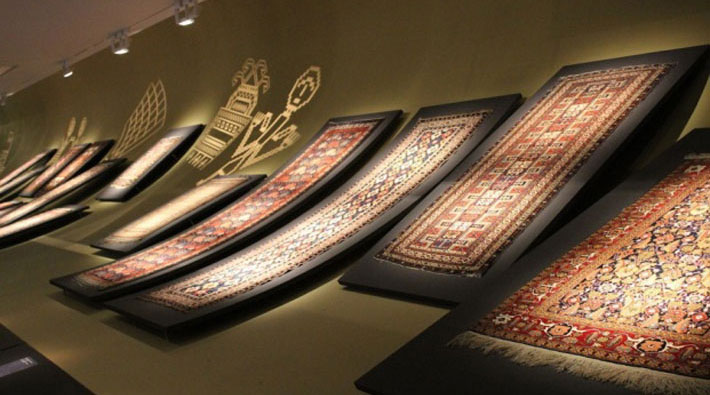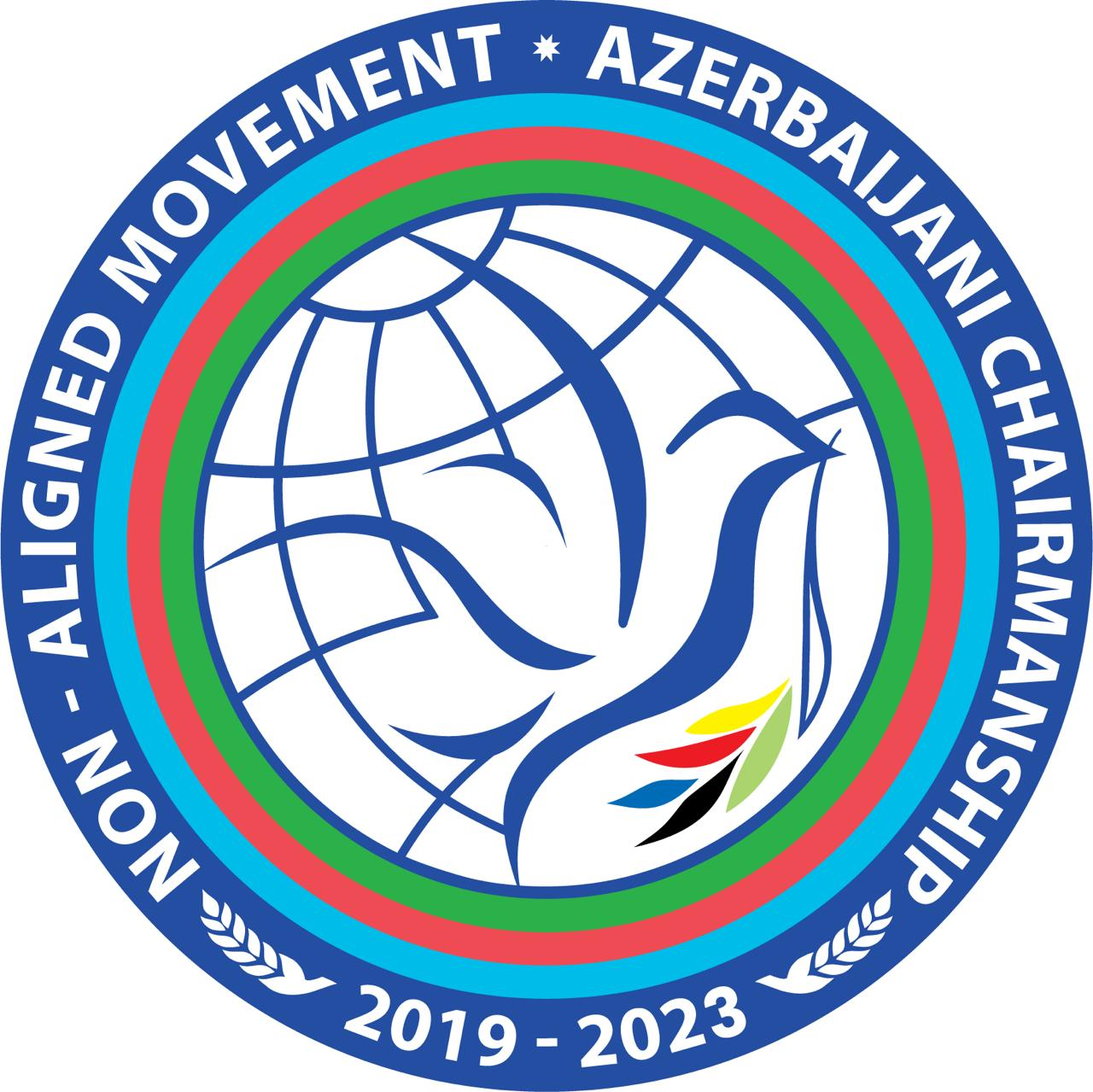Culture of Azerbaijan

Azerbaijani culture dates back to centuries ago. Numerous pearls of Azerbaijani culture and architecture have been inscribed in the UNESCO World Heritage List and UNESCO Representative List of the Intangible Cultural Heritage of Humanity.
Chovqan, a traditional Karabakh horse-riding game in Azerbaijan and Yalli (Kochari, Tenzere), traditional group dances of Azerbaijan’s Nakchivan Autonomus Republic have been inscribed to the UNESCO List of Intangible Cultural Heritage in Need of Urgent Safeguarding reflecting also.
Picturesque nature, climate, natural resources of the country produced a significant impact on artistic thinking and creation skills of Azerbaijani people. The folk art is connected with daily life of people and daily life occupies a very special place in the fine arts as well.
Graphics depicting ancient people's mode of life, welfare, labour were carved in the Gobustan rockeries located about 40 miles (64 km) southwest of the centre of Baku on the west bank of the Caspian Sea.
Most of the rock engravings depict primitive men, animals, battle-pieces, ritual dances, bullfights, boats with armed oarsmen, warriors with lances in their hands, camel caravans, pictures of sun and stars. In 2007 Gobustan Rock Art Cultural Landscape was declared a UNESCO World Heritage Site considered to be of outstanding universal value for the quality and density of its rock art engravings, for the substantial evidence the collection of rock art images presents for hunting, fauna, flora and lifestyles in pre-historic times and for the cultural continuity between prehistoric and medieval times that the site reflects.
Besides Gobustan Rock Art Cultural Landscape, the World Heritage List features another two historic sites of Azerbaijan – Walled City of Baku with the Shirvanshah’s Palace and Maiden Tower and the Historic Centre of Sheki with Khan’s Palace. These sites, as well as Momina-Khatun and Yusif ibn Kuseyr mausoleums in Nakhchivan, Azerbaijani poetess Khurshudbanu Natavan's house in Shusha, to name just a few, represent rare pearls of Azerbaijani architecture.
Applied arts in Azerbaijan also have centuries-long history. Azerbaijan is known in the world for its carpet-weaving traditions. Carpets representing carpet-making schools from different regions of Azerbaijan, such as Karabakh, Guba, Baku, Shirvan, Ganja, are kept in the famous museums of the world. Three types of applied arts in Azerbaijan, namely traditional art of Azerbaijani carpet weaving, traditional art and symbolism of Kelaghayi (making and wearing women’s silk headscarves) and copper craftsmanship of Lahij (a village in Ismailly district of Azerbaijan) were included in the Representative List of the Intangible Cultural Heritage of Humanity by UNESCO.
Music with its multiple genres, including folk (mugham, ashig) classical, jazz and contemporary music, holds a special place in Azerbaijani culture. Renowned Azerbaijani composers, such as Uzeyir Hajibayli, Muslim Magomayev, Gara Garayev, Fikret Amirov, Tofiq Guliyev, Aqshin Alizade, to name just a few, have played a great role in development of Azerbaijani music, which in turn, has significantly enriched and contributed to the development of the world music. Thus, by staging in 1908 "Leyli and Medjnun" opera U.Hadjibayli laid the foundation of opera not only in Azerbaijan, but also in the entire Muslim East. Azerbaijani music has gained international recognition. Azerbaijani Mugham, art of Azerbaijani Ashig, craftsmanship and performance art of the tar, national string music instrument, have been inscribed in the Representative List of the Intangible Cultural Heritage of Humanity by UNESCO. Azerbaijani music has been developing along with literature since ancient times. Thus, mugham developed along with poetry. Singers performing mugham recited ghazals (a kind of poem) by well-known Azerbaijani poets such as Nizami, Fuzuli, Nasimi, Khagani.





